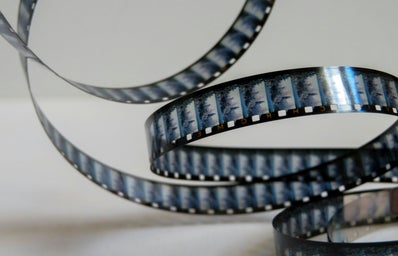The National Gallery of Art in DC has created yet another must see exhibit, this time on the famous Dorothea Lange.
Recently, I got the opportunity to visit the Dorothea Lange exhibit at The National Gallery of Art in DC. It wraps up on March 31st, and I consider it to be a must see for women’s history month. This exhibit is a spectacular dive into Lange’s history with portraiture. Dorothea Lange is incredibly talented at capturing individuals in a unique and personal way. This exhibit makes it clear how one woman changed the field of photography. I got to experience this exhibit with a tour guide who was an assistant curator, and her knowledge made the exhibit truly groundbreaking in my eyes.
Related: Focus On Them: 11 Women Who Changed The World Of Photography
In the first room, you’re greeted by Lange’s early portraiture. While the works in this room may not appear to be as special as those in the other rooms, it sets a precedent for what she cares about in a portrait. We see sitters who are clearly comfortable with her, we see “portraits” that do not feature a face, and we see unstaged moments of life. This shows us Lange beginning to develop her style and get her footing in photography.
From there, you enter a room with her first photographs of the great depression. Lange is known for her photographs of this time, particularly one from 1936 titled “Migrant Mother.” She was able to capture these kinds of images while she was employed by the government. She held this job for much of her adult life, and she was expected to capture photos showing the impacts of government initiatives during the great depression to send back as reports. This allowed her the opportunity to create the images we find so captivating today. These photos show us the truth of what it was like to live during this time, and allow us a window into the lives of individuals, if only for a second.
The rest of the exhibit continues moving along chronologically, showing a continuation of the struggle to find work and survive at this time. The highlights of the rest of the exhibit include images of farmers who were “tractored out” of tending to someone else’s land (meaning replaced by tractors and other farm machinery). She also captures images of former slaves and documents the struggles Japanese people went through during World War II as best she can. The pain and struggle is apparent on all of the sitter’s faces.
The majority of this exhibit features the kind of work she is most famous for. Before Lange’s time, it was an unprecedented experience to be able to visually document what someone was feeling in such an authentic way. The common thread throughout Lange’s images is the comfort of the sitter. Even when the person being photographed is clearly unhappy, as many of them were, it is apparent they are entirely comfortable with having their photograph taken by Lange. She would talk to her subjects during her shoots, and that personal relationship flows through clearly into her images.
It’s a sad sort of magic to be able to look at a photograph of someone from 75 years ago and feel as though you’re in that moment with them and can feel what they feel. Experiencing this exhibit in person almost brought me to tears at times, and I have to recommend it to everyone to go see. Dorothea Lange was an incredibly talented woman who changed the photography world forever, and I encourage everyone to go see her talent with their own eyes.


